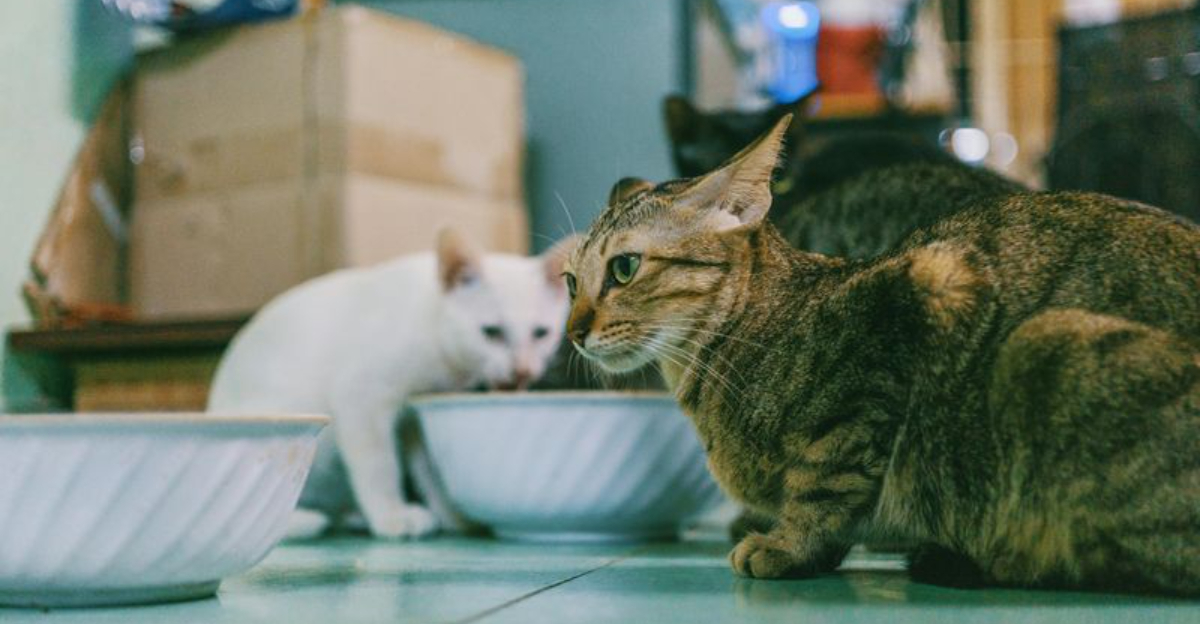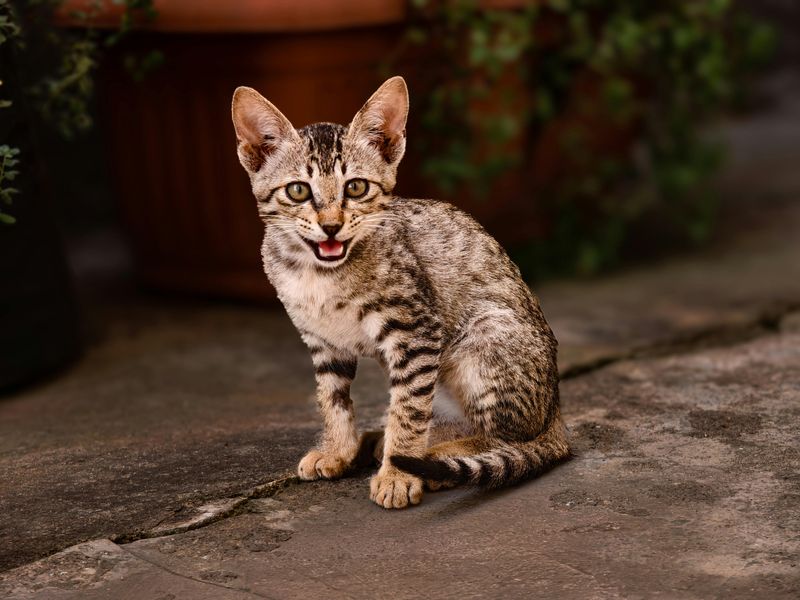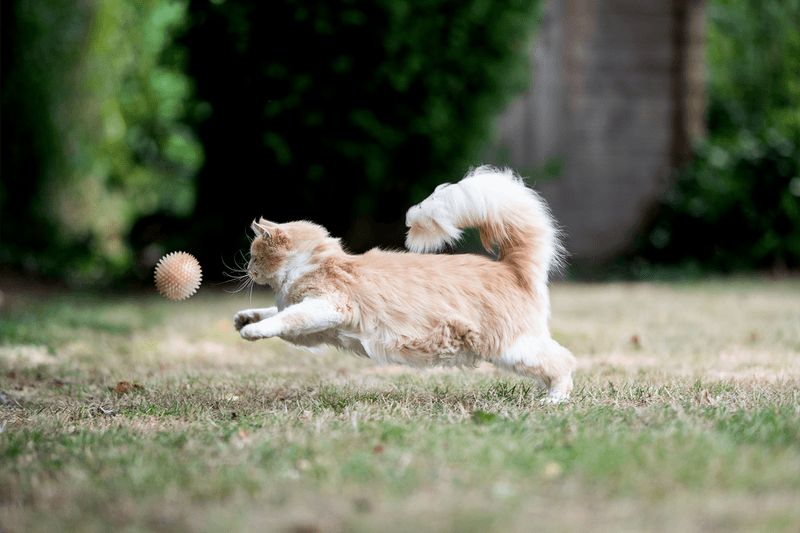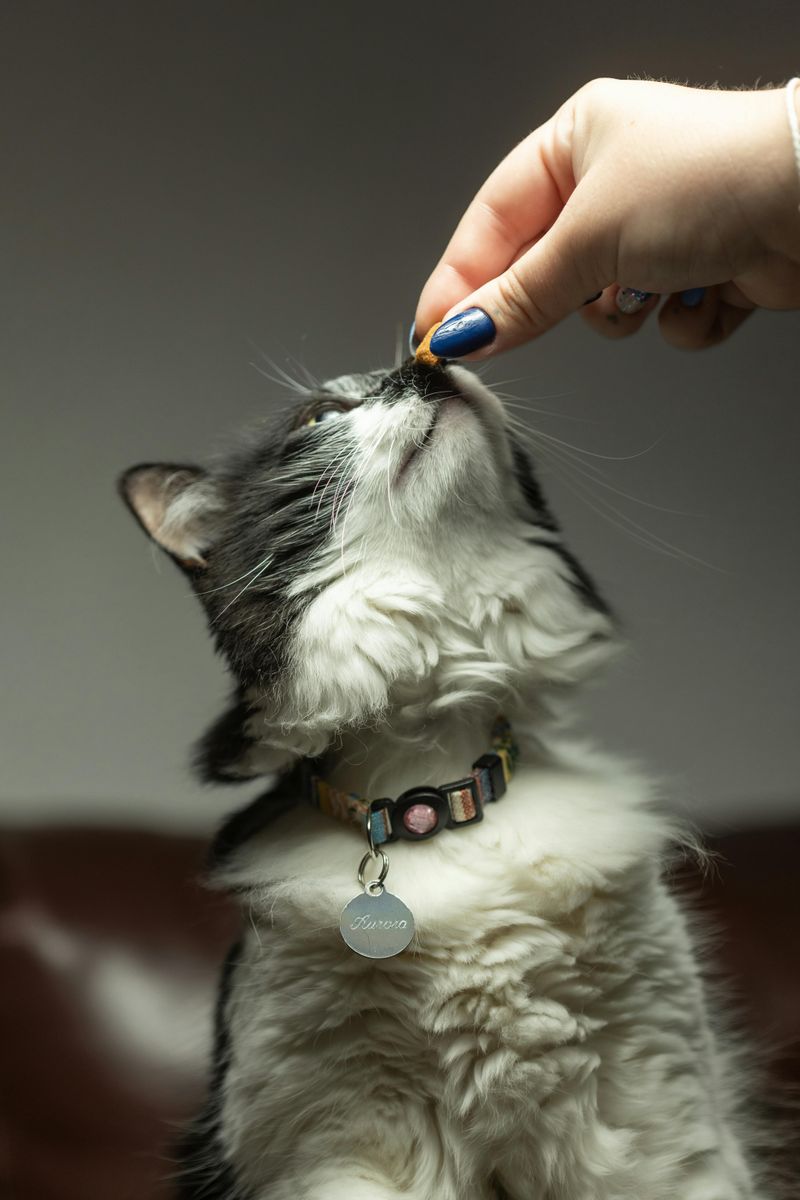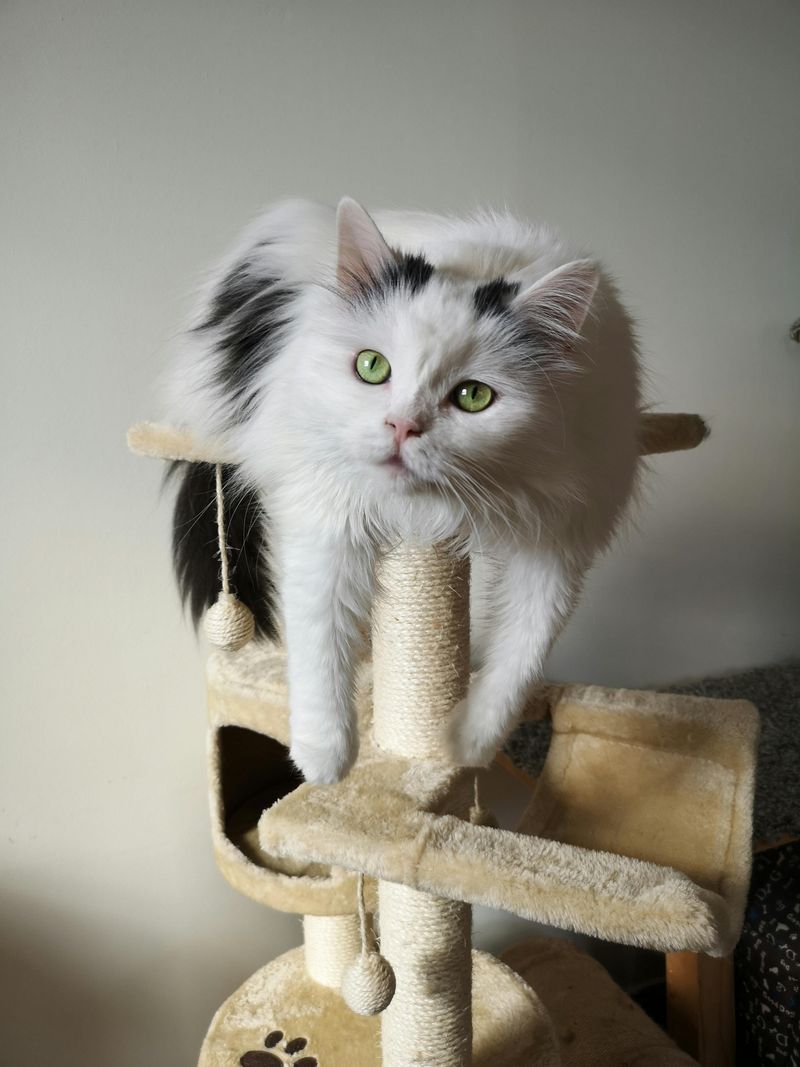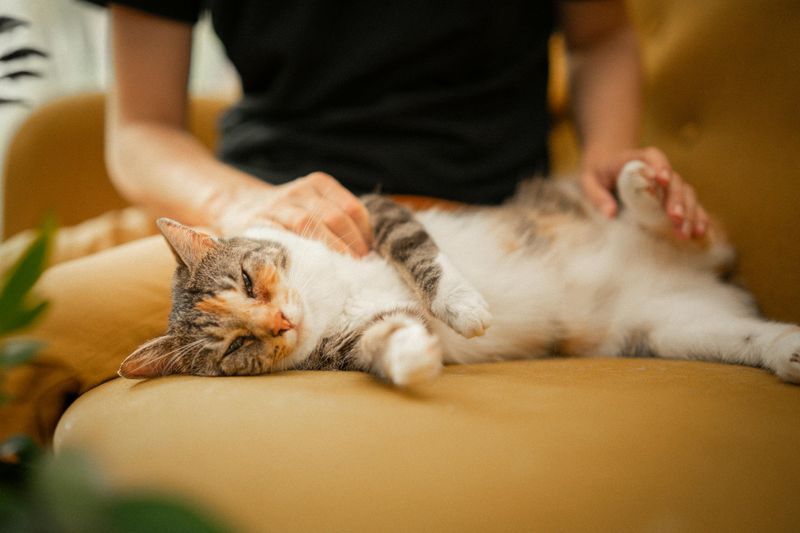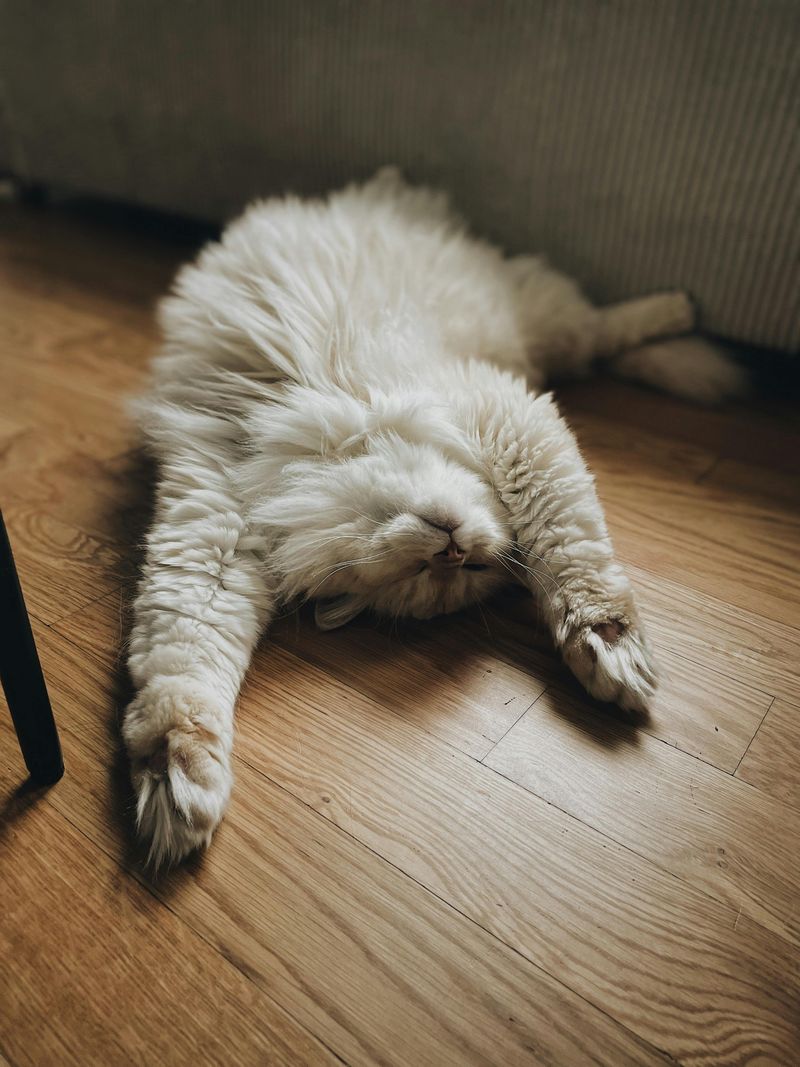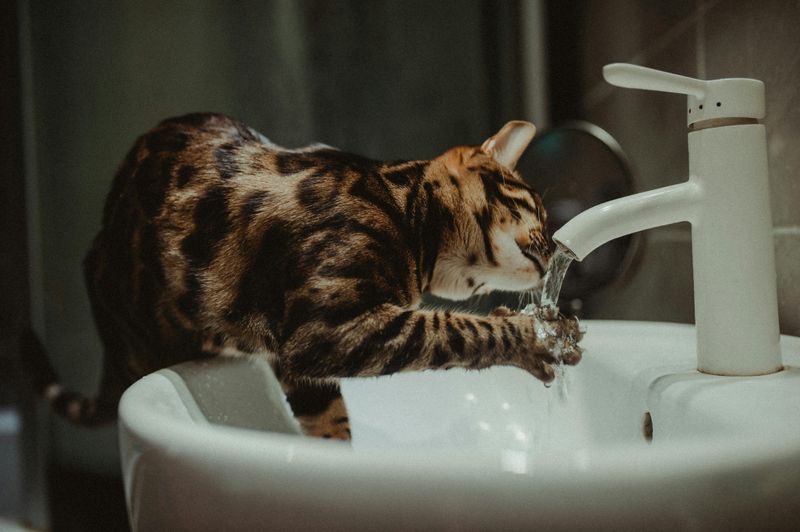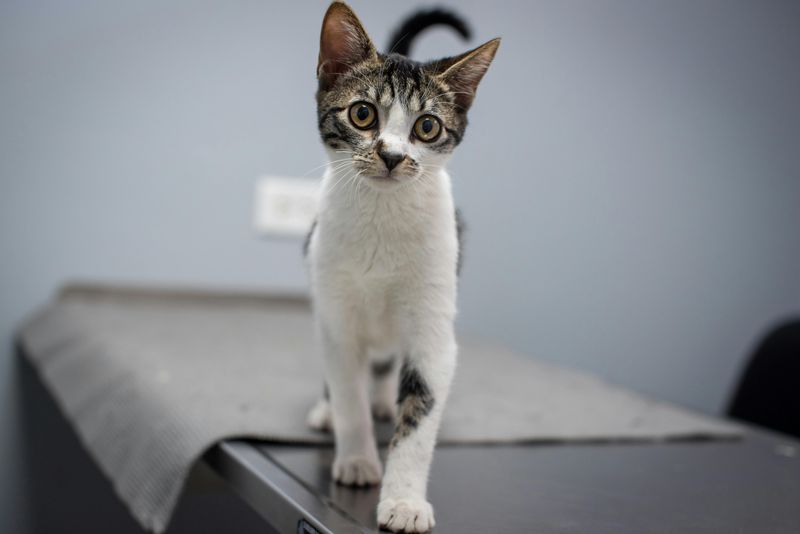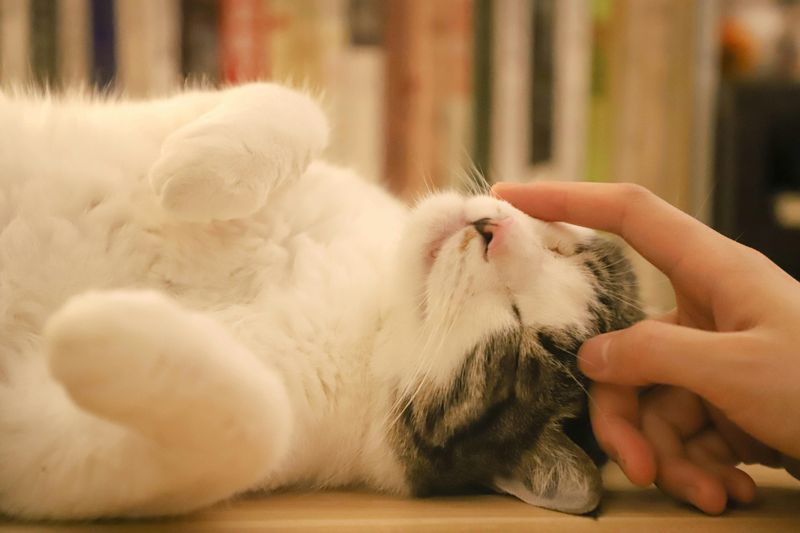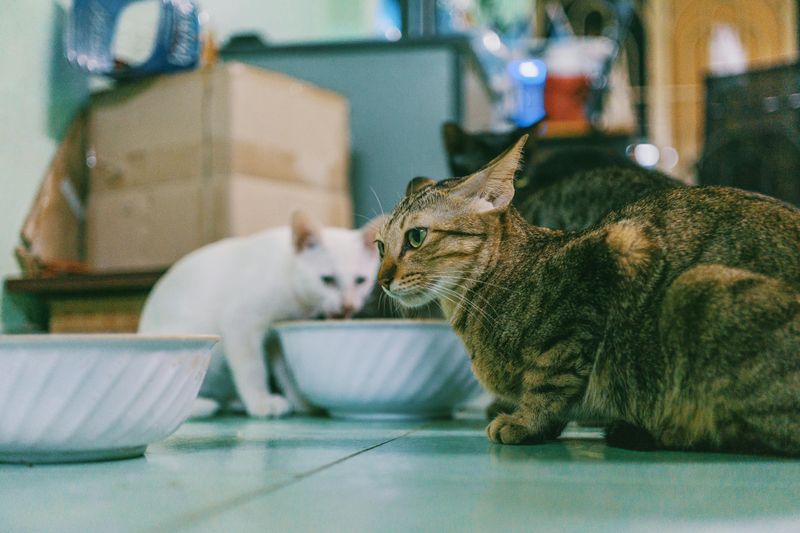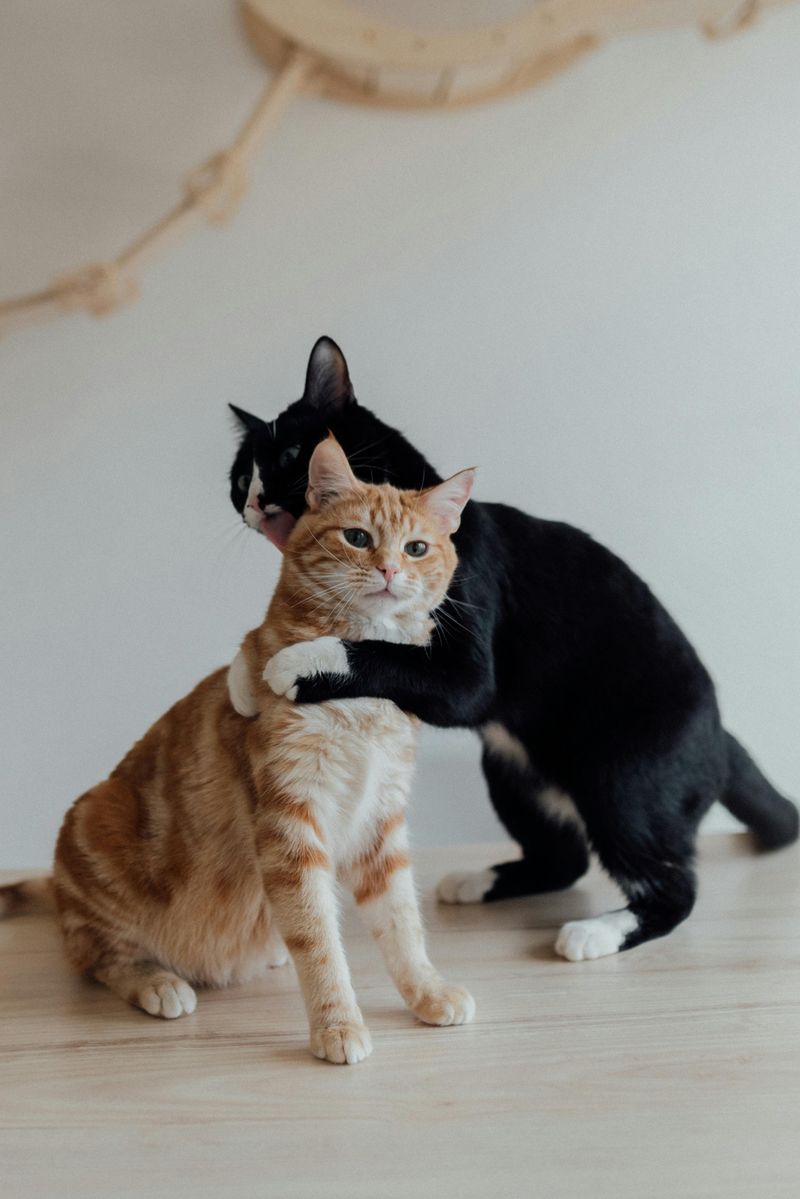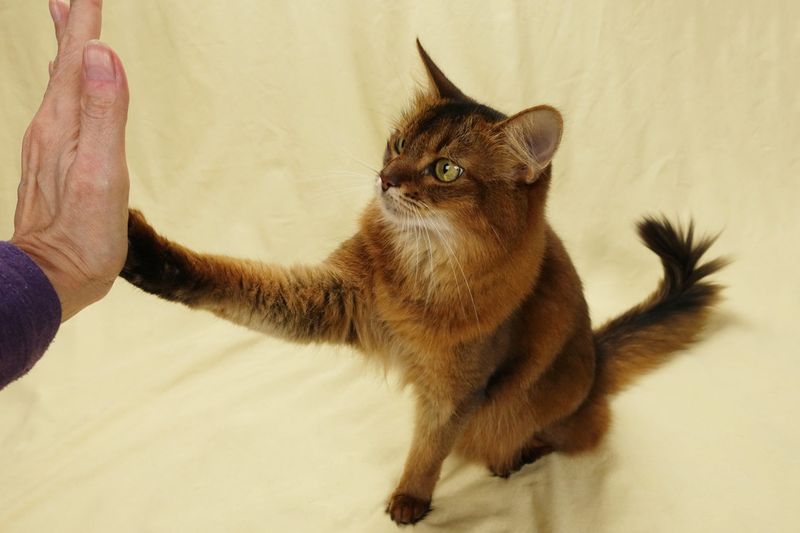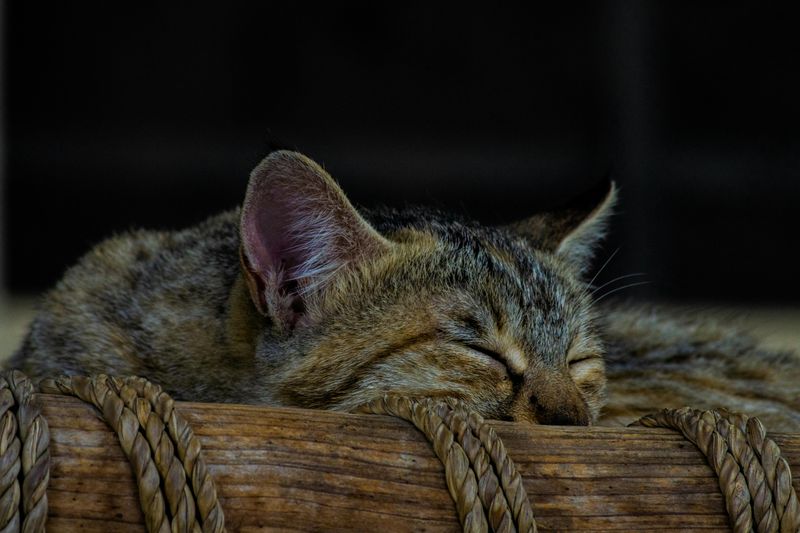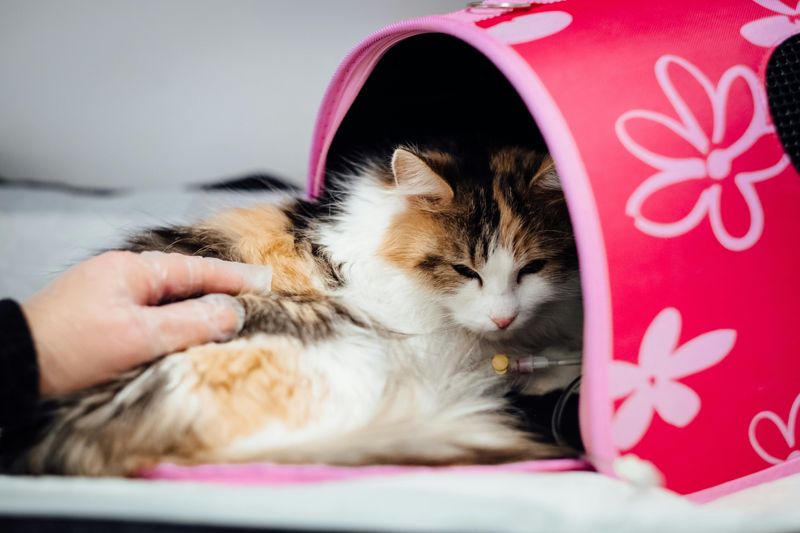📖 Table of Content:
- 1. Identify the Trigger
- 2. Avoid Physical Punishment
- 3. Give Your Cat Space
- 4. Use Positive Reinforcement
- 5. Introduce a Scratching Post
- 6. Provide Adequate Playtime
- 7. Use Pheromone Diffusers
- 8. Keep a Consistent Routine
- 9. Address Medical Issues
- 10. Use Gentle Handling
- 11. Provide Multiple Resources
- 12. Introduce New Pets
- 13. Train with Commands and Redirection
- 14. Use a Safe Timeout Strategy
- 15. Consult a Professional
Cats are wonderful companions, but dealing with their occasional aggression can be challenging for pet owners. Whether it’s triggered by fear, territorial instincts, or overstimulation, aggressive behavior can strain your bond with your feline friend. Understanding the root causes is essential for creating a calm and balanced home.
Managing aggression requires patience and the right strategies. Establishing a structured environment, engaging your cat in interactive play, and reinforcing positive behavior can help reduce their aggressive tendencies. By recognizing their triggers and responding appropriately, you can make your cat feel safer and less likely to act out.
Consistency plays a crucial role in addressing feline aggression. Maintaining a predictable routine, providing safe spaces, and seeking professional advice when necessary can lead to lasting behavioral improvements. With time and dedication, you can cultivate a more peaceful relationship with your cat while ensuring a stress-free home environment.
1. Identify the Trigger
The first step in calming an aggressive cat is pinpointing what triggers their behavior. It could be a certain noise, a new piece of furniture, or even another pet. Observing closely will give insights into what sets off your feline friend. Once identified, try to minimize or eliminate exposure to these triggers. This can greatly reduce stress and aggression. By creating a peaceful environment, you can help your cat feel more secure and less reactive. Remember, understanding your cat’s world is key to alleviating unwanted behaviors.
2. Avoid Physical Punishment
Physical punishment can escalate aggression in cats rather than suppress it. Instead, focus on using positive reinforcement techniques. Reward good behavior with treats or affection to encourage repeat performances. This method builds trust between you and your cat, fostering a more loving relationship. Cats respond better to kindness and patience. Consider using a raised tone of voice to express disapproval without physical contact. This approach ensures a safer environment for both you and your pet, minimizing the risk of harm and promoting a harmonious living situation.
3. Give Your Cat Space
Cats, like humans, need personal space to feel comfortable. Overcrowding or constant attention can lead to stress and aggression. Providing your cat with a quiet, personal area can do wonders. This could be a cozy corner with a soft bed or a secluded nook in your home. Ensure this space is free from disturbances. When a cat has the opportunity to retreat, they are likely to be calmer. Respecting their need for solitude can significantly decrease aggressive episodes.
4. Use Positive Reinforcement
Encouraging desired behavior in cats is most effective through positive reinforcement. By rewarding calm behavior with treats, affection, or play, you reinforce the idea that staying relaxed brings positive results. Over time, your cat will learn to associate peaceful behavior with rewards. It’s important that everyone in the household follows this technique consistently. Not only does this approach help reduce aggression, but it also strengthens the connection between you and your feline friend. A calm and rewarding environment benefits both you and your pet.
5. Introduce a Scratching Post
Scratching is a natural behavior for cats, and providing an appropriate outlet can reduce aggression. Invest in a sturdy scratching post and place it in a location your cat frequents. Encourage your cat to use it by playing with toys around it or sprinkling catnip. A scratching post allows cats to express themselves without damaging furniture. It also reduces stress by offering them a physical outlet. With time, your cat will prefer the post over destructive alternatives, leading to a more harmonious home.
6. Provide Adequate Playtime
Engaging your cat in regular playtime can greatly reduce aggressive tendencies. Playtime helps expend excess energy and stimulate your cat mentally. Choose interactive toys that mimic prey, such as feathers or balls. Regular sessions help redirect aggressive behavior into playful interaction. Aim for at least 15 minutes a day, adjusting based on your cat’s energy levels. Playtime is not only a stress-reliever but also a great way for you to bond with your pet. A tired cat is generally a happier, calmer cat.
7. Use Pheromone Diffusers
Pheromone diffusers can be an excellent tool to calm aggressive cats. These devices mimic a cat’s natural pheromones, creating a sense of safety and security. Place diffusers in areas where your cat spends a lot of time. They are especially useful in multi-pet households or during stressful situations like moving. Over time, you’ll notice a more relaxed demeanor in your cat. They are non-invasive and easy to use, making them a convenient option for pet owners. Consider this as a gentle way to soothe your feline friend.
8. Keep a Consistent Routine
Cats thrive on routine and predictability. Establish a consistent schedule for feeding, playtime, and rest. A structured environment reduces anxiety and aggression in cats. Consistency in daily activities provides security, helping them understand what’s expected. This, in turn, minimizes unexpected stressors. Ensure all household members adhere to the routine to maintain stability. Over time, your cat will feel more at ease, leading to a reduction in aggressive behaviors. A predictable environment is a peaceful one for your pet.
9. Address Medical Issues
Sometimes aggression is a symptom of underlying medical issues. Regular veterinary check-ups are essential to rule out health problems. Conditions like arthritis, dental disease, or hormonal imbalances might cause pain-induced aggression. A thorough examination can identify and address these issues. If your cat displays sudden aggressive behavior, consult your vet immediately. Early detection and treatment can alleviate discomfort, reducing aggression. Remember, a healthy cat is a happy cat. Prioritizing their health can lead to a more peaceful coexistence.
10. Use Gentle Handling
Handling your cat gently can prevent triggering aggressive responses. Always approach your cat calmly, avoiding sudden movements. Cats are sensitive to touch, so learn to read their body language. Stop if they seem uncomfortable. Gentle handling builds trust, making your cat feel safe and secure. Over time, they’ll be more receptive to affection without resorting to aggression. This practice not only improves your relationship but also fosters a tranquil environment. Encourage all family members to adopt this approach for consistent results.
11. Provide Multiple Resources
In multi-cat households, competition for resources can lead to aggression. Ensure each cat has access to their own food bowls, water, and litter boxes. This reduces competition and associated stress. Spread resources around the house to allow easy access. Multiple feeding stations and sleeping areas can also help. By minimizing competition, you create a harmonious environment. Cats are territorial, so respecting their space is essential. Consider this an investment in a peaceful household, benefiting both your cats and your living space.
12. Introduce New Pets
Introducing a new pet can be stressful for your cat. Do this gradually to prevent aggression. Start by keeping the new pet in a separate room, allowing your cat to get used to their scent. Slowly introduce them in short, supervised sessions. Use treats to encourage positive interactions. Over time, increase the duration of these interactions. Patience is key; rushing the process can lead to tension. With time and care, your cat will accept the new addition, reducing aggressive outbursts.
13. Train with Commands and Redirection
Managing feline aggression can be achieved through training and redirection techniques. Using basic commands like “sit” or “stay” helps structure your cat’s behavior, especially when paired with positive reinforcement. Redirecting aggressive tendencies toward toys or engaging play sessions prevents negative outbursts. Consistency in training is key to improving your cat’s responsiveness and reducing unwanted habits. With regular practice, they will learn to follow cues more effectively. This method not only discourages aggression but also enhances the trust and connection between you and your cat. Though it requires time and dedication, training ultimately leads to a more cooperative pet.
14. Use a Safe Timeout Strategy
A safe timeout strategy can help manage episodes of aggression. Designate a quiet area where your cat can calm down. Use this space when your cat exhibits aggressive behavior. Ensure the area is safe and free from stimuli. A timeout isn’t a punishment but a chance for your cat to relax. Over time, they’ll learn to associate this space with calmness. This strategy helps break the cycle of aggression, promoting a peaceful household. Remember, patience and consistency are crucial for success.
15. Consult a Professional
If aggression persists, consulting a professional may be necessary. Animal behaviorists can provide personalized strategies to manage aggression. They assess your cat’s behavior and offer tailored solutions. Professional guidance can be invaluable, especially in severe cases. Their expertise can address issues that might be overlooked at home. Don’t hesitate to seek help if you’re struggling. With the right support, even the most aggressive cats can find peace. Investing in professional advice ensures a happier and calmer cat, improving the overall well-being of your household.
